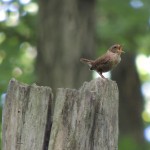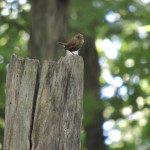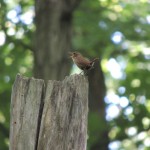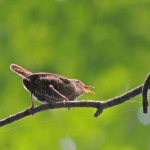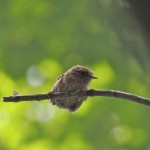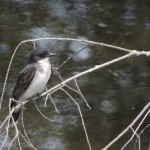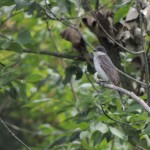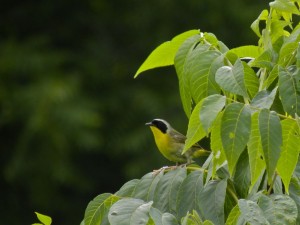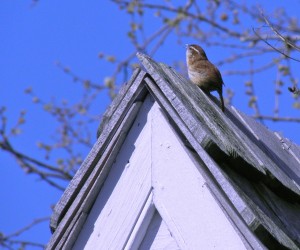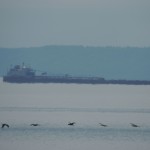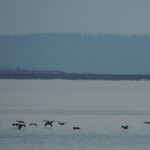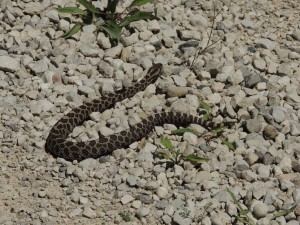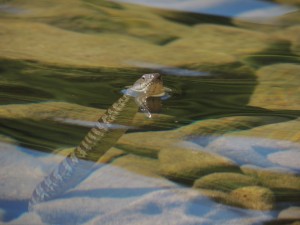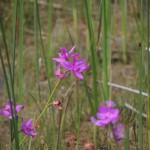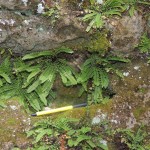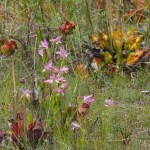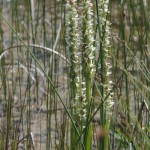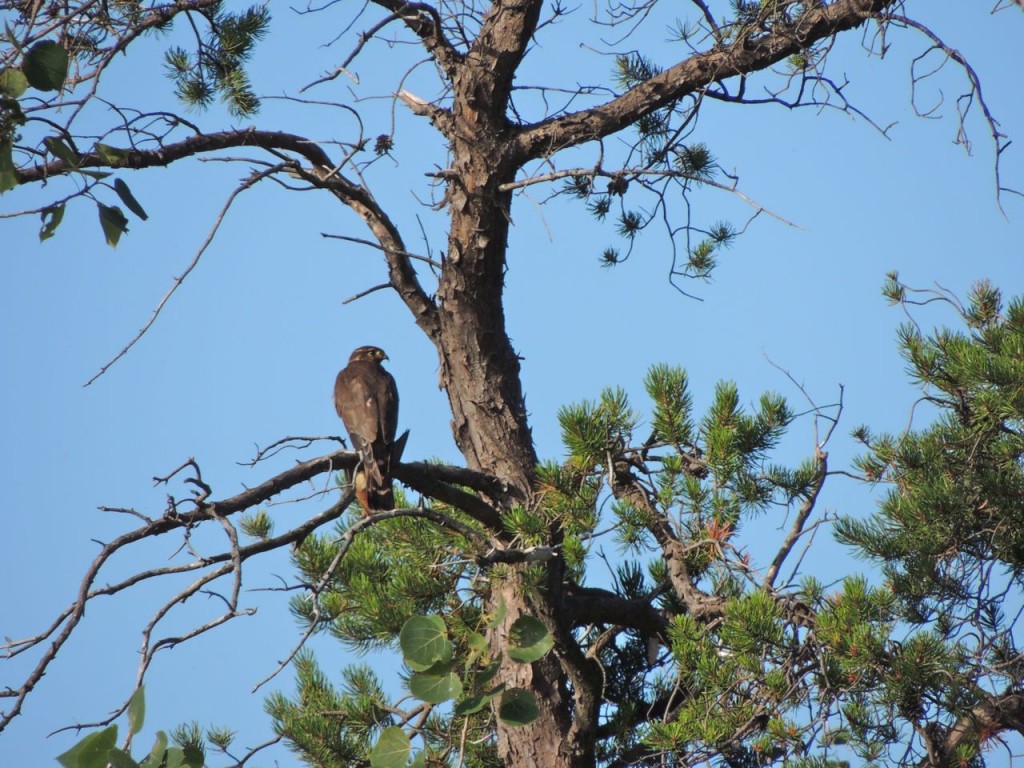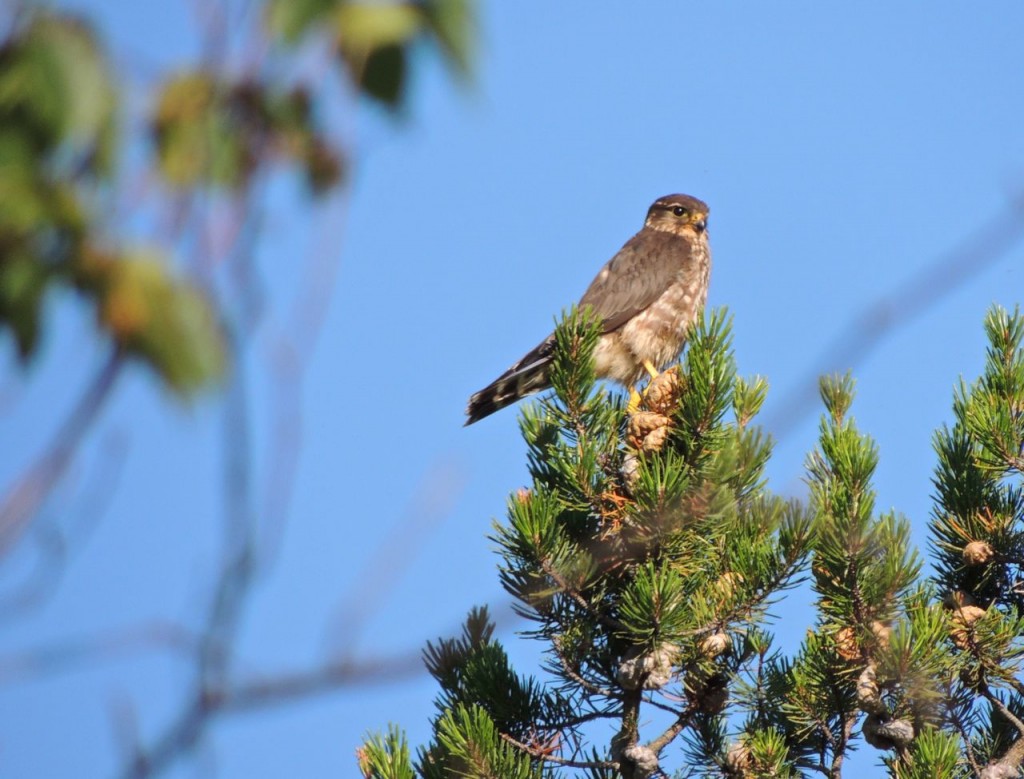26 July 2013. Burlington ON. As if I needed it, today I got a reminder of the value of sitting down. Not the sitting down you do to watch t.v, or even sitting down because some officious functionary tells you to, but sitting patiently in silence to watch, wait and listen; to see what pops up.
I was exploring a new-to-me woodland, following a well defined but little used path. The woodland was open, sun-flecked and dry, mostly Sugar Maples overhead and some interesting ferns in the rocky edges. There were family groups of American Robins and Northern Flickers around, the robins clucked nervously and milled around, the flickers were quite vocal, chuckling and calling whilst playing improve-your-flight-for-better-fitness games. Interestingly, though not ground-breakingly so, I saw four kinds of woodpecker there, the aforementioned flickers, then Downy, Hairy and Red-bellied Woodpeckers, all in the same general area. And speaking of that general area, it was a rather open expanse that sloped away towards denser cover, I found a convenient log and sat quietly for a long time watching over a wide expanse of forest. There was lots more activity including many Black-capped Chickadees, a couple of Rose-breasted Grosbeaks, an Eastern Wood Peewee, Red-eyed Vireos and far away, a singing Winter Wren.
I had to listen hard to be sure it was a Winter Wren, such a faint, tiny and thread-like song. I sat quietly waiting to see if it would come closer, and over the period of twenty minutes or so it did indeed seem to move in my direction. In time it grew much louder until to my delight, it came close enough to be able to see. Despite the lateness of the season, I conjecture that it was staking out the boundary of its territory just as some traditionalist villagers do to this day in England. Many years ago my cousin participated in the ancient Beating of the Bounds of the City of Southampton; it would doubtless be a long walk but perhaps it ended at a pub.
The delight of the day was when the Winter Wren ended up on a branch over my head, singing its heart out. For a bird the size of a baby’s fist it packs a powerful song. I managed to get loads of pictures and even make a decent movie of it in full song. I have posted it on YouTube, click here and let me know what you think. It was so obliging! I’ve rarely been able to get more than a glimpse of a Winter Wren, they usually creep around among the darkest roots and lowest branches, rarely emerging, and even then only to fly quickly away to the next dark and impossible recess. This Winter Wren did everything possible to be my Bird of the Day.
Much later I stopped at a bridge that crossed a quiet slow moving river where the tinny chittering of a family of Eastern Kingbirds filled the air. In the bright sunlight I was able to get some nice photos of one of them, rewarding because you don’t often get to look down on them like this, another obliging bird. A good day to be out.
